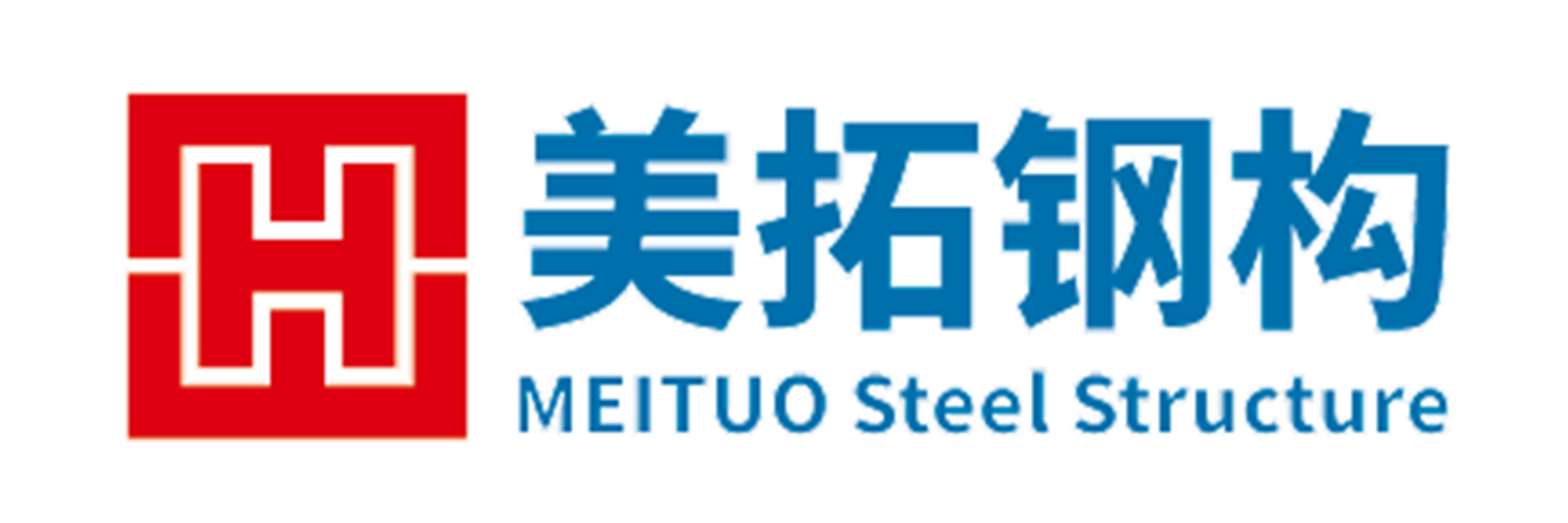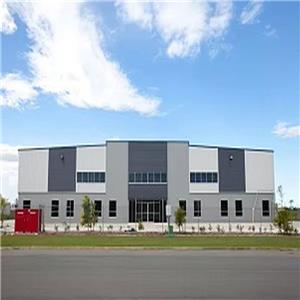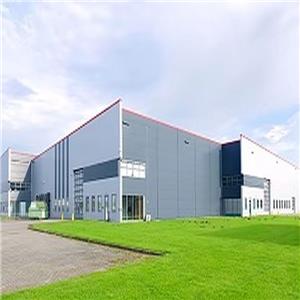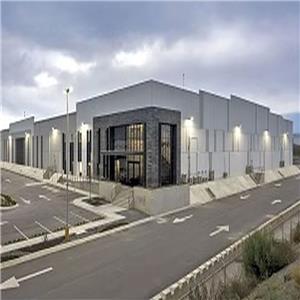Five Basic Forms and Selection Guidelines of Steel Structures(Part 2)
4. Cable-Membrane Structure - A Flexible Pioneer in Architectural Modeling
System Composition and Force-Bearing Principle
omposed of high-strength steel structures cables (φ12-φ100), tensioned membrane materials (PTFE membrane/ETFE membrane), and supporting steel structures (masts/circular beams), forming a stable hyperboloid shape through pre-tensioning. The membrane material is only 0.5-1.5mm thick, with a self-weight of less than 1kg/㎡, but its tensile strength can reach 50-150MPa. Cooperating with the cable net, it can achieve unsupported spans of more than 200 meters.
Innovative Application Fields
Landscape architecture: steel structures Stadium canopies (such as the sunshade of Shanghai Stadium), commercial plaza canopies.
Ecological architecture: steel structures Botanical garden greenhouses (The Eden Project in the UK), utilizing the high light transmittance (95%) of ETFE membranes to achieve natural lighting.
Temporary buildings: steel structures Large exhibition halls (National Pavilions of the World Expo), detachable and reusable (membrane material service life: 15-30 years).
Core Considerations for Selection
Membrane material selection: PTFE membranes (self-cleaning, strong weather resistance) are suitable for permanent steel structures buildings; PE membranes (cost-effective) are suitable for temporary facilities.
Load conditions: Membrane surface stress under extreme weather should be checked (typhoon areas need to resist 1.2kPa wind pressure, snow areas need 1.0kPa snow load).
Form-finding design: Determine the membrane surface curvature through 3D modeling, ensuring a drainage slope ≥5% to avoid water accumulation forming "water pockets".
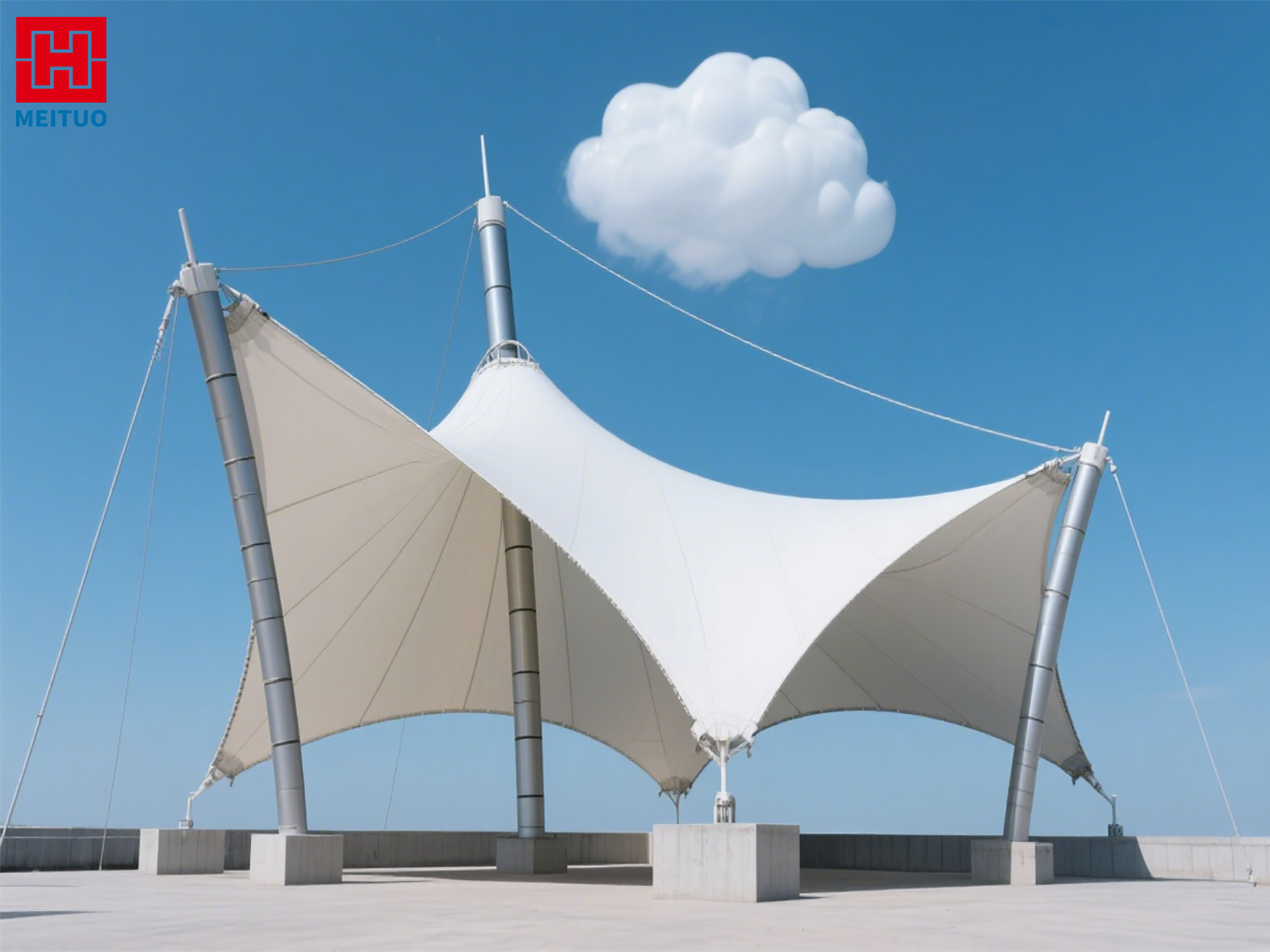
5. Pipe Truss Structure - A Cross-Border Player in Industry and Bridges
Structural Characteristics and Material Advantages
Adopting circular steel tubes (steel structures seamless tubes/straight seam tubes) connected by intersecting welded joints (steel structures direct intersection and cutting of members) or gusset plates, forming a truss-type force-bearing system. The bending stiffness of the steel tube section is 30%-50% higher than that of H-section steel, and the closed section has excellent anti-corrosion performance (service life up to 50 years after galvanizing), making it particularly suitable for humid/corrosive environments.
Diversified Application Scenarios
Industrial workshops: Roofs of heavy machinery steel structures factories (span 40-60 meters), capable of bearing suspended loads of more than 30 tons.
Bridge engineering: Highway truss steel structures bridges (such as Wuhan Gutian Bridge), with a span of up to 150 meters, 60% lighter than concrete bridges.
Exhibition buildings: Large-span steel structures exhibition halls (Canton Fair Pavilion), achieving simple linear aesthetics with rectangular pipe trusses.
Technical Specifications for Selection
Truss form: Triangular trusses for short spans (<30 meters), trapezoidal trusses for medium spans, and parallel chord trusses for long spans (facilitating node standardization).
Web member arrangement: The panel length should be controlled within 1.5-3 meters to avoid excessive slenderness ratio of members (compression members λ≤150, tension members λ≤300).
Joint technology: Intersecting joints need to be processed with CNC intersecting line cutting machines, and the angle between branch pipes and main pipes should be ≥30° to ensure welding quality.
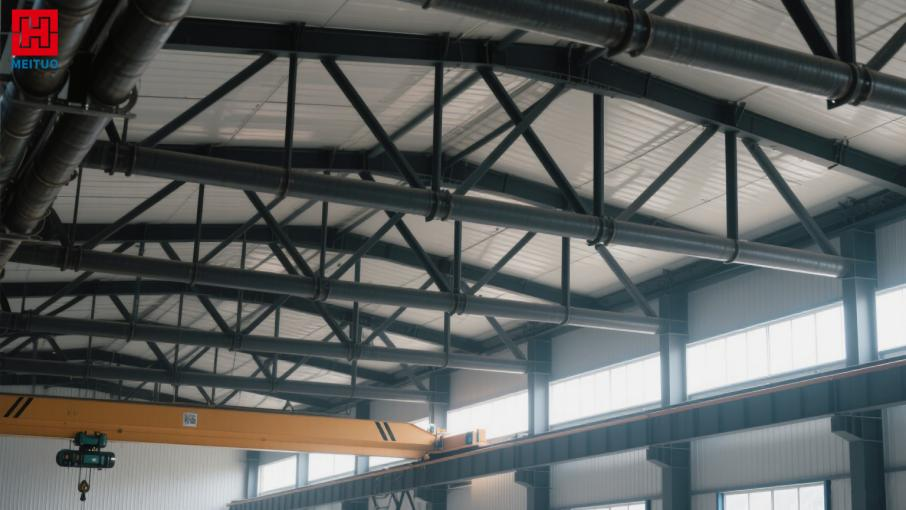
Five-Step Selection Decision - A Practical Guide for Beginners
Clarify span grades:
Small span (<30 meters): Light steel structures portal frame (priority to economy).
Medium span (30-60 meters): Steel frame/pipe truss (balance between function and cost).
Large span (>60 meters): Steel structures grid/cable-membrane structure (dominated by spatial performance).
Analyze load characteristics:
Static load-dominated (roof load): Priority to grid/truss.
Dynamic load-dominated (crane/earthquake): Priority to steel frame (good ductility).
Wind/snow load sensitive: Cable-membrane Steel structures need to strengthen pre-tension design.
Match building functions:
Flexible partition requirements: Steel frame (small beam and column sections, high space utilization).
Visual transparency requirements: steel structures Cable-membrane structure (membrane material light transmittance optional 20%-90%).
Heavy equipment bearing: steel structures Pipe truss (advantage of high stiffness).
Consider construction conditions:
Factory prefabrication rate: Bolted spherical grids (80% factory processing) are suitable for prefabricated steel structures construction.
On-site hoisting capacity: Super large components (such as 50-ton steel structures trusses) require 500-ton cranes.
Balance economic indicators:
Reference unit cost: Light steel portal frame (800-1200 yuan/㎡) < steel frame (1500-2500 yuan/㎡) < pipe truss (2000-3000 yuan/㎡) < steel grid (2500-4000 yuan/㎡) < cable-membrane steel structures(3000-8000 yuan/㎡).
The charm of steel structures lies in the perfect unity of "force and form" - different steel structural forms are not only products of mechanical laws but also carriers of architectural creativity. Beginners should remember: there is no best steel structure, only the most suitable one. Through the three-dimensional matching of span, load, and function, combined with construction conditions and economic indicators, scientific decisions can be made in actual projects.
